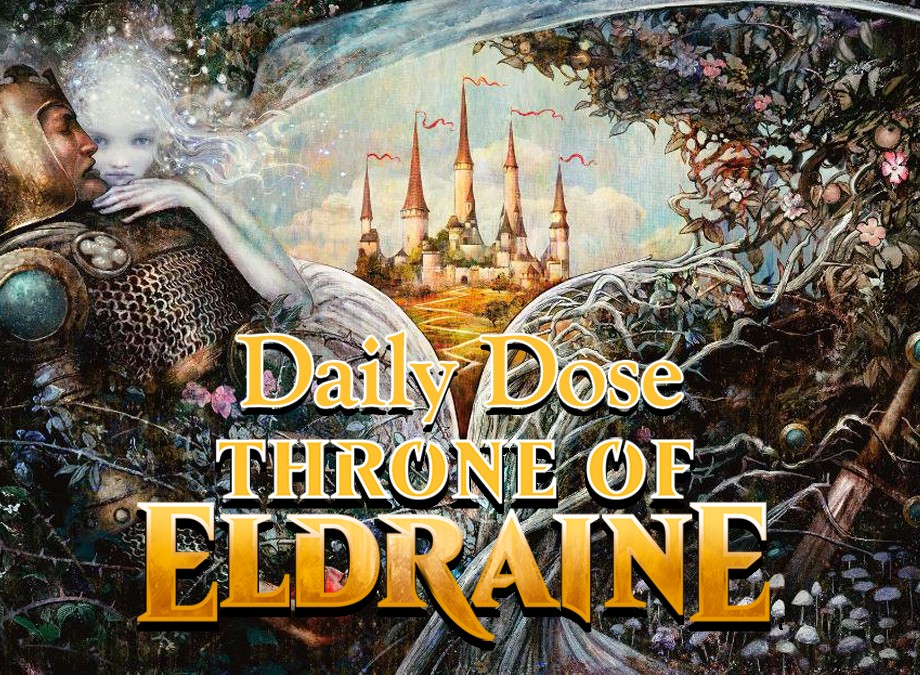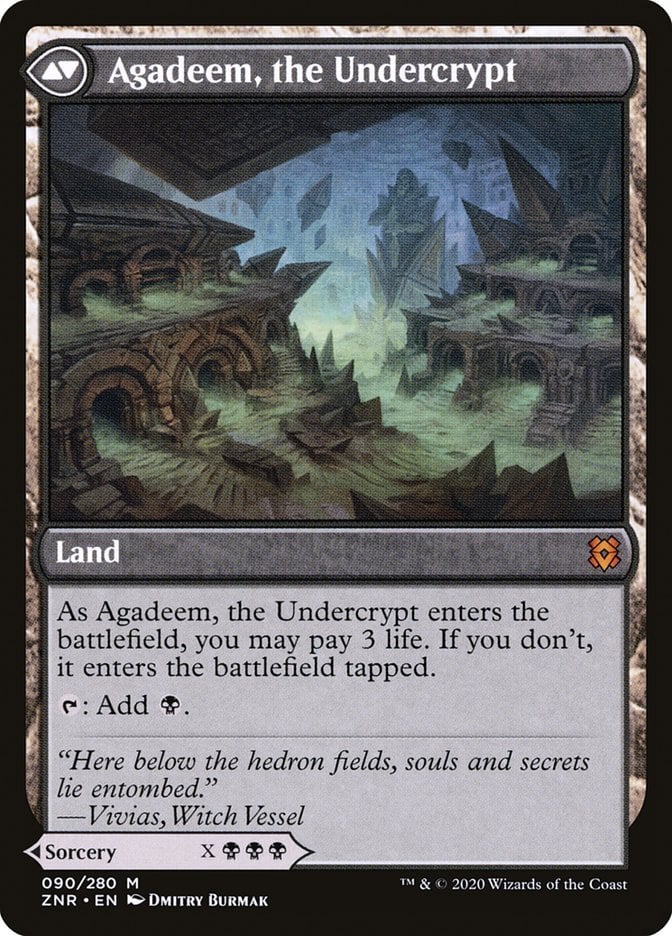Welcome all to the Daily Dose of Zendikar Rising. Today I’ll be talking about the state of the Standard mana base post rotation. This is one of my favourite articles to talk about each year as there is always such a drastic change in what players can play when it comes to thanks due to the change in mana base. Will we see more mono-coloured decks? Will the format be slower? Is it going to be harder to make three and four-colour decks? These are all questions that we must ask. The biggest question of all though is asking ourselves what the impact of the new Lands and Modal DFC Lands will be on the new Standard mana base.
The Rotating Lands
Before I have a look at the new cards and what the new base will look like, let’s see what is rotating out thanks to the arrival of Zendikar Rising.
Blast Zone – This has been one of the best utility lands for any deck and has no replacement for it in the upcoming Standard format.
Shocklands like Blood Crypt and Breeding Pool – The loss of this land cycle will have the biggest impact of everything rotating out. Not only were they the best lands in Standard, but one of the only dual lands that could come on the battlefield untapped.
Lotus Field – Although not played a ton, it was there as an option for some possible crazy combo deck to appear at some point.
Mobilized District – Another utility lands that could get in some sneaky damage in the right deck.
The New Lands
Now that we’ve seen what is gone from the format, let’s see what Lands we must work with going forward. Zendikar Rising sees six new dual lands enter the fray, which is a bit odd considering that leaves some colours more represented than others. Lands like Riverglide Pathway / Lavaglide Pathway are going to see a ton of play, but the other four missing dual lands will have to wait until the next set. There are two speciality lands that can help with colours in certain decks. Here is Base Camp and Throne of Makindi.
Base Camp unfortunately enters the battlefield tapped, but the fact that it can potentially be tapped for any colour mana means that I’m okay with that drawback. It also throws in that you can use coloured mana for Party abilities which could come in handy. The more interesting of the two lands to me though is Throne of Makindi. This non-legendary land allows you to charge it up so that when needed can be tapped for two coloured mana kicked spells. Since kicked spells are a little bit more expensive, you will need all the help you can get. I also like the fact that you can put multiple charge counters on it early in the game and don’t have to recharge after each use later in the game.
Let’s break down the different deck types and how the mana will look for each of the decks.
Mono-Coloured Decks
These decks are well-set thanks to the addition of Modal DFCs from Zendikar Rising. There are six coloured spells that can also be played as lands that produce one colour of mana. On top of that, you can add all the Castles from Throne of Eldraine like Castle Vantress. If there is a good deck out there with all the new Modal DFCs you have a good mana base to attack mono-coloured decks that will allow you to have some non-basic utility lands in there.
Enemy and Ally Two-Coloured Decks
Two-colour decks are quite mixed up on mana base power level. All colour combinations have Temples they can use if you don’t mind the land entering the battlefield tapped. Four guilds are locked out for this set, but they do have cycling Triomes if you really are desperate for a tapped dual land you can use for the deck, some even have two you could use. I think both single colour and two-colour Modal DFC lands will work well in two-colour decks. Let’s have a breakdown of what you get for the different two-colour combinations.
Azorius, Rakdos – 1 Temple + 1 Triome
Dimir, Gruul, Selesnya – 1 Temple + 1 Triome + 1 Pathway
Golgari, Simic - 1 Temple + 2 Triomes
Orzhov, Izzet, Boros – 1 Temple + 2 Triomes + 1 Pathway
As you can see, the mana bases for the different two-colour combinations is quite ranging so you will have to keep this into consideration when building your decks.
Wedge vs Shard Three-Coloured Decks
The advantage that the Wedge Decks over Shard Decks is that they have all the Triomes from Ikoria like Savai Triome. This makes wedge coloured decks much easier to use than shard ones. You can have three different temples in the deck like Temple of Plenty. It will be harder to use single colour Modal DFCs in 3-colour decks as they enter tapped, but the dual lands should work quite well. The issue being that since they are incomplete, some 3-colour combinations will be better than others. Here is the Breakdown:
Bant, Jund – 1 Pathway + 3 Temples
Sultai – 1 Pathway + 1 Triome + 3 Temples
Esper, Grixis – 2 Pathways + 3 Temples
Jeskai, Abzan, Mardu, Temur - 2 Pathways + 1 Triomes + 3 Temples
Naya – 3 Pathways + 3 Temples
As you can see some colours are much better setup than others for the next couple of months if you are looking to build a three-colour deck. Hopefully, this guide provides you with a little more information on how you are going to build your mana base this Standard Season. Thanks again for watching the Daily Dose of Zendikar Rising. Join me again next week as Prerelease week starts!




